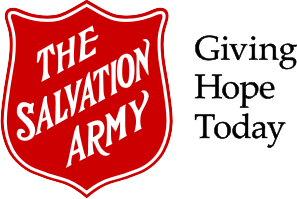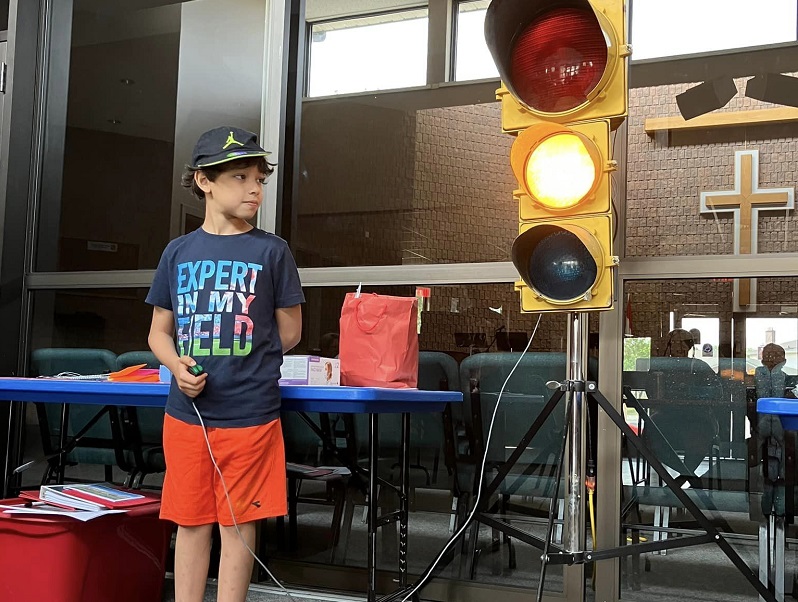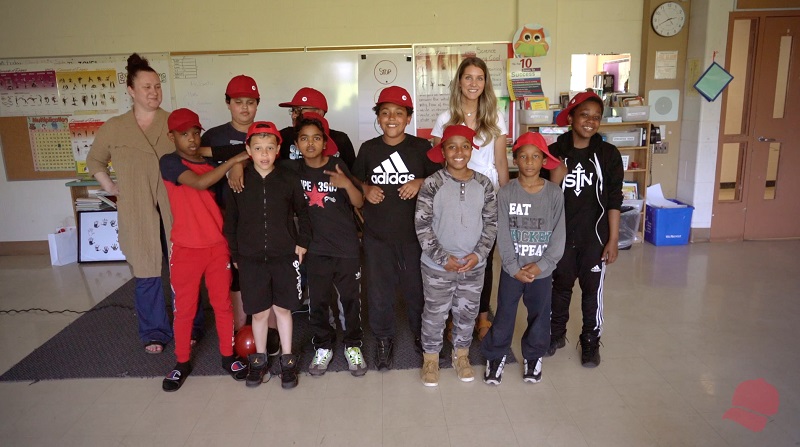New Program Helps Teens Manage Their Anger

Today, more than ever, young people are encouraged to learn to identify their feelings and talk about them before they become angry. TASK (Teen Anger Management Skills) is an eight-week program that helps teens learn to express their anger in healthy ways.
“TASK begins by showing students how to recognize that they are angry,” says Valerie Pavey, children’s ministry consultant with The Salvation Army. “It looks at the physical signs of anger and the ‘anger buttons’ that trigger those feelings. The program teaches students that anger is a secondary emotion—there is always another emotion that precedes it such as fear or anxiety.”
After representatives from The Salvation Army in Kelowna, B.C., took the TASK training in November 2018, they were eager to put it into action.
“I saw the lights go on when they understood: this how they get angry and these are the underlying emotions that go along with it,” says Darrel Murray, program leader.
TASK participants come to the program for a variety of reasons—some are in trouble at school, others are encouraged to attend by their parents and some come through the justice system, completing TASK as part of diverting charges.
“I found it helpful to know the steps to calm down and use PAUSE, like how I can allow distractions when I’m angry,” says one participant, “and how I need to listen to other people’s perspectives.”
Since 2007, The Salvation Army has partnered with schools and parents with Red Cap, an anger-management program for elementary school-aged children. With the success of that program, youth workers, parents and educators asked for something similar they could use with high-school students. To meet the need, The Salvation Army Canada and Bermuda Territory developed TASK.
Looking beyond TASK, the Army sees the program as an opportunity to develop relationships with teens and their families, identify needs, and connect participants and their families to other Salvation Army programming.
Photo credit: Photo: benschonewille/stock.Adobe.com



